The exhibition will be open to the public from June 3 to August 29, 2021, in the Sala Recoletos of the Fundación MAPFRE, located at number 23 Paseo de Recoletos, Madrid.
Description of project by Fundación MAPFRE
Fundación MAPFRE is pleased to present the first retrospective held in Spain on Bill Brandt (Hamburg, 1904-London, 1983), considered one of the most influential British photographers of the 20th century. The exhibition, which together with the Paul Strand. Fundación MAPFRE Collections, inaugurates our new Photography Center in Barcelona, the KBr Fundación MAPFRE.
The exhibition brings together 186 photographs posed by Bill Brandt himself, who over almost five decades addressed the main genres of the photographic discipline: social reporting, portraiture, nudes, and landscape, as his biographer Paul Delany points out in Bill Brandt. A Life (2004).
The tour, divided into six sections, try to show how all these aspects - in which identity and the concept of "the sinister" become protagonists - come together in the work of this eclectic artist who was considered, above all, a flâneur. A "walker" in terms similar to those of which he was admired by Eugène Atget, whom he always considered one of his teachers. One hundred and eighty-six photographs that are complemented by writings, some of his cameras, and various documentation, among which an interview that he offered at the end of his life to the British television channel BBC in 1983, as well as illustrated publications of the time. . All thanks to the courtesy of the Bill Brandt Archive in London and the Edwynn Houk Gallery in New York.
FIRST PHOTOS
After beginning his foray into photography in Vienna, where he made the famous portrait of the poet Ezra Pound in 1928 and for which he received numerous accolades, Bill Brandt went to Paris to enter as an assistant, for a short period, in the studio of Man Ray, which prompted him to blend in with the surreal atmosphere of the French capital, which will permeate all of his work from then on. Some of the images of him, such as Balloon flying over the northern outskirts of Paris (1929), are related to the psychoanalytic theories of Freud, for whom this object was, in dreams, a symbol of the masculine. But the photographs of these years are also related to those of his admired Eugène Atget, and Brandt, like his predecessor, portrays street scenes and the Parisian night - which precede his later work and for which he is best known -, where The aforementioned notion of the disturbing makes an appearance.
Together with his partner and future wife Eva Boros - also a student of Man Ray and previously a disciple of André Kertész -, he made numerous trips to the Hungarian steppe, to his native Hamburg and to Spain, where they visited Madrid and Barcelona, among other cities, with the intention of from spending his holidays in Mallorca before moving to London in 1934. It was in this city that Brandt got rid of his German roots, even inventing a British birth and creating an artistic corpus in which the United Kingdom is at the core of his identity. . He then begins to portray a country that, at that time, had great social inequalities.
UP AND DOWN
“Bill Brandt was a man who loved secrets and needed them. The face he presented to the world was that of an English-born gentleman, someone he could easily harmonize in the Ascot races that he so loved to photograph. A facade that he would defend with all kinds of lies if necessary […]. Today, many people are willing to discover his roots to understand and create their own identity. But Brandt did exactly the opposite: he buried his true origin and presented himself as a completely different person than he had been for the first twenty-five years of his life. "
Thus begins the biography of Bill Brandt written by Paul Delany, who affirms that Brandt not only wanted to live in England but also to become English, something understandable due to the growing antipathy that Nazi Germany aroused among the British and the events that would follow. Adolf Hitler's rise to power and the start of World War II. It was common in the London art scene for emigrants arriving from Germany to change their names. Among those who did it, Stefan Lorant, a Hungarian who had been editor of the Münchner Illustrierte Presse, stands out, along with two of its photographers, Hans Baumann and Kurt Hübschmann, who anglicized their names to Felix Man and Kurt Hutton, in the same way, that Brandt did. with his name: Bill.
In February 1936, two years after he arrived in London, Bill Brandt published his first book, The English at Home. The scenes reproduced in the volume, despite seeming spontaneous and natural, had been previously prepared. For this first book, Brandt uses an elongated format, typical of the album format, and adopts one of the design formulas most used by Central European graphic publications: the union of opposites in pursuit of significant contrast between each pair of photographs. Brandt seeks the opposition between two social classes facing each other on an odd and even page, developing two narrative discourses in parallel, but without mixing them. Thus, we find scenes of upper-class families walking or having dinner, and shortly after the same activities, but carried out by families of miners and lower social class.
Two years after The English at Home appeared, Brandt published A Night in London, a kind of replica of the work of one of his most admired photographers, Brassaï, whose book Paris de Nuit had been released six years earlier. in France. It is Brandt's contribution to the photographic and cinematographic genre that some historians have called the "symphony of great cities."
With the start of the Second World War, Brandt began working for the Ministry of Information and made two of his most famous series: on the one hand, the one formed by the photographs of hundreds of Londoners sleeping in underground stations turned into makeshift shelters; on the other, those on the surface of the city, a ghostly London, with no other illumination than the light of the moon as a measure of protection against the bombings. The United Kingdom had become one country against the enemy. The class differences that Brandt had portrayed were left behind to give way to this other type of scene that denounced the ravages of the war on the civilian population.
Although Bill Brandt took photographs independently that he used to group later in different books, much of his production later appeared in publications and magazines such as Picture Post, but especially in Lilliput and Harper's Bazaar in its American edition, for which he begins to work in 1943. On this date, he approaches the portrait genre professionally. Brandt's first reference to his portraits, of which more than four hundred are preserved, appeared in Lilliput in 1948. Paraphrasing Breton, Bill Brandt pointed out: 'A portrait should not be just an image but an oracle that one interrogates, and the goal of the photographer must be to find a deep similarity that, physically and morally, suggests something of the future of the subject, the photographer has to wait until something intermediate between the dream and the action occurs in the expression of the portrayed person.
Over time, the portraits of Bill Brandt evolved. Some of them represented a break with tradition, such as those that appeared in Lilliput in 1941 accompanying the article "Young Poets of Democracy", which included some of the most representative faces of the writers and poets of the Auden Generation. Later, he began to distort the space, as can be seen in the portrait of Francis Bacon in Primrose Hill, London (1963), and created a new series of portraits of the eyes of artists with a clear surrealist inspiration: among others, the eyes of Henry Moore, Georges Braque or Antoni Tàpies, examples of some of the views that transformed the way of seeing and representing the world.
DESCRIBED LANDSCAPES
After delving into portraiture - which he never stopped practicing - Bill Brandt introduced landscape to his repertoire. He thus completed the classical theme of what is conventionally considered traditional artistic genres. In them he sought to introduce an atmosphere - a term that for Brandt seems to contain a whole series of aesthetic references that refer to both the pictorial and literary tradition - that would challenge the viewer and elicit an emotional response to what was contemplated. In this sense, he would give the feeling that the artist does not want to simply represent a place but to capture its spirit in a single image. Such is the case in Halifax; "Hail Hell & Halifax" (1937) or Rio Cuckmere (1963). When stone architectures, such as tombs and cruise ships, begin to appear in these landscapes, Brandt believes he has achieved his goal: to capture the atmosphere.
It should not be forgotten that for Brandt the conception of the landscape is rooted as much in painting and the photographic tradition as it is in literature. In Literary Britain, published in 1951, he made this relationship explicit. Using images already used in other illustrated weeklies and photographs made expressly for the book, the artist accompanied the images of him with extracts from literary texts by different British authors. And this is where the explanation of the diffuse concept of "atmosphere" is found: the moment in which the different factors that make up the landscape (nature, light, point of view, atmospheric qualities) fit into an aesthetic canon rooted in cultural tradition.
NUDES
When Bill Brandt returned to the theme of the nude in 1944, after an unsatisfactory foray before the war, he seemed to feel the need to return to a more poetic kind of imagery. Documentary photography had become, for him, a fashion that everyone practiced; and old Britain, with its sharp social class division, was a thing of the past. It should be remembered that the nude is one of the classic themes of painting and, as such, marks Brandt's evolution from documentary to the social consideration of "artist." In this evolution, he used an old plate camera with a lens that produced a sensation of great spatiality and depth to transform the everyday space of a room into a dreamlike environment.
In the 1950s he visited the beaches of the English Channel to make a series of portraits of the painter Georges Braque. The sight of those stony beaches made him change direction and begin to photograph stones and parts of the female body as if they were the same stones. He joined flesh and rock, hot and cold, toughness and
morbidity in the same formal speech. Often the distortions are such that the body fragments have lost all reference and yet generate more poetic or deeper sensations. These "fragments" of the body in comparison or communion with the forms of nature seem to embody primordial forms through which "the whole of the world" can be perceived, as happens with the urforms enunciated by the Gestalt School and its theory. of perception.
In the late 1970s, Brandt returned to the nude theme in a series of images that, however, bear little relation to the previous ones. There is in these bodies a certain feeling of violence that shows the author's dissatisfaction with a world to which he feels that he no longer belongs.
PRAISE OF IMPERFECTION
In his introduction to Camera in London, the book on the British capital published in 1948, Bill Brandt noted: 'I consider it essential that the photographer makes his copies and enlargements of it. The final effect of the image depends to a large extent on these operations, and only the photographer knows what he intends. Not all photographers have been concerned, like Brandt, with the development of his analog photographs. For the artist, the work in the laboratory was essential, in which he could spend hours to have control over the final image, which in most cases was just the stage before the printing process before being published in a book or a magazine. Brandt learned, early in his career, a whole range of craft techniques: from magnification to enlargement, the use of brushes, scrapers, or other tools. These manual retouching sometimes gave his photographs that somewhat crude aspect that can be associated with the aforementioned Freudian concept of the unheimlich: "the sinister." In many of them, you can see in detail the brushstrokes of black wash on the surface. Another example is provided by Top Withens, West Riding, Yorkshire (1945), made as part of his book Literary Britain, where there are clear indications that the stormy sky, which gives a more threatening aspect to the landscape, was added later in the laboratory.
CATALOGUE
The catalog that accompanies the exhibition includes reproductions of all the exhibited works, as well as the main essay by the project's curator, Ramón Esparza, the doctor in Communication Sciences and professor of Audiovisual Communication at the University of the Basque Country. and another from Maud de la Forterie, Ph.D. in Art History from the Sorbonne University, whose doctoral thesis focused on the work of Bill Brandt. The publication also reproduces an essay by Nigel Warburton on the artist, originally published in 1993 and revised for this issue, as well as Bill Brandt's text "A Statement", which appeared in March 1970 in Album magazine.
The catalog is published in Spanish, Catalan, English, and French. These last two versions have been made in co-edition with Thames & Hudson and Flammarion, respectively.
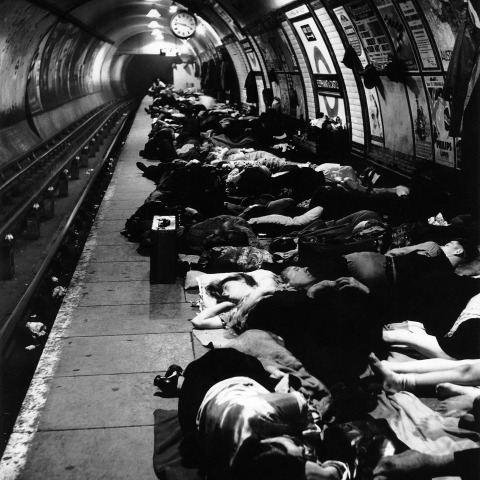

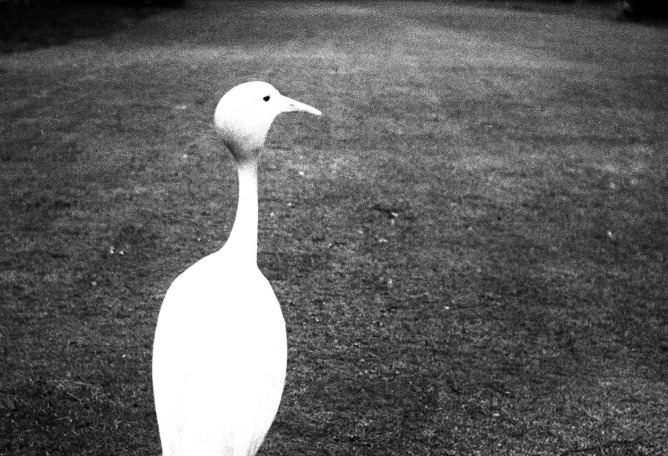



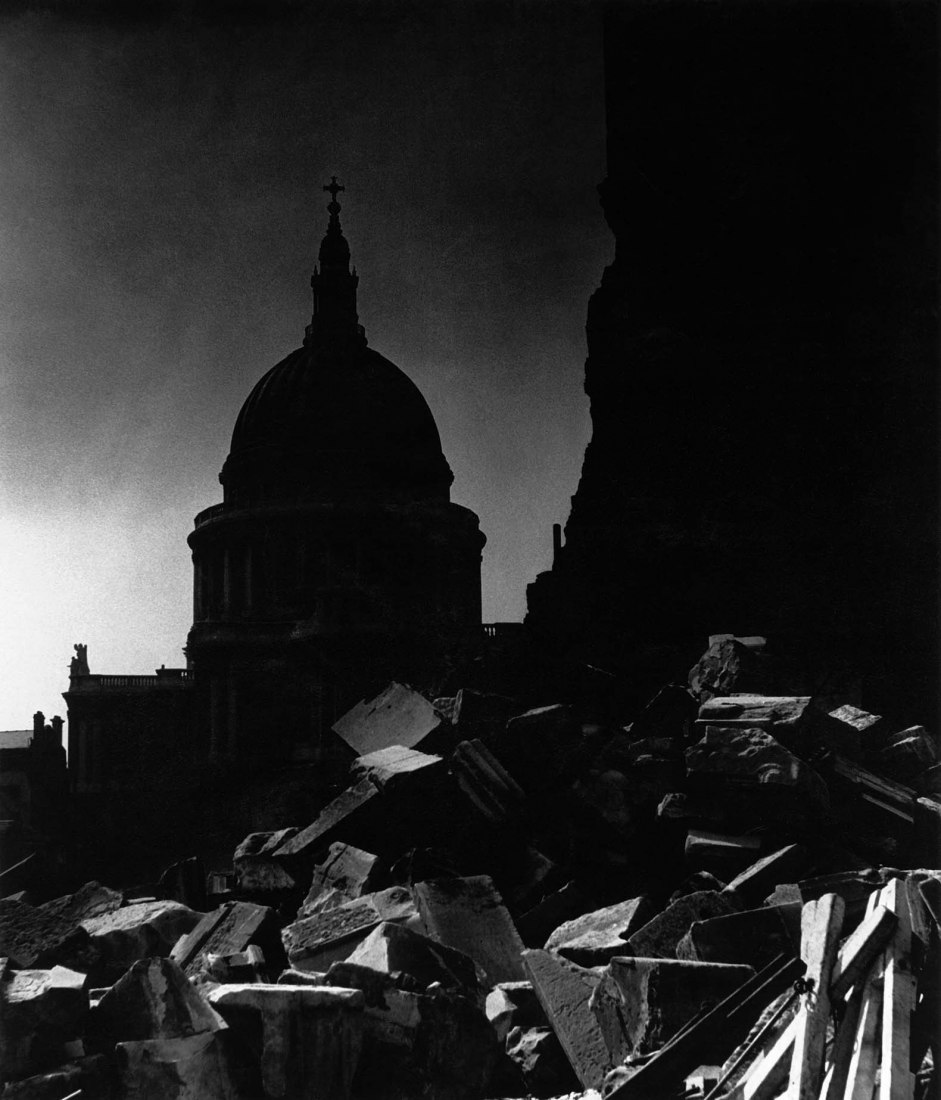









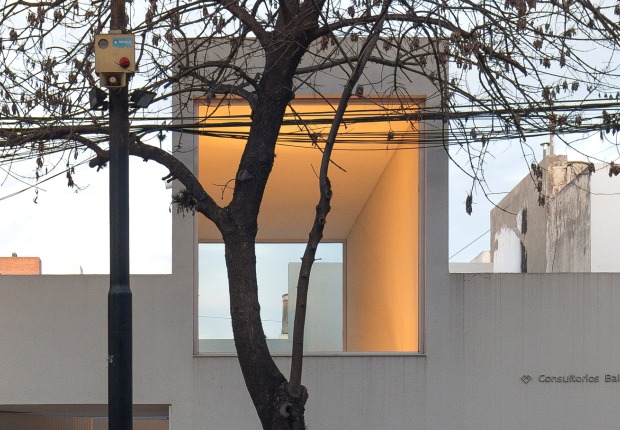

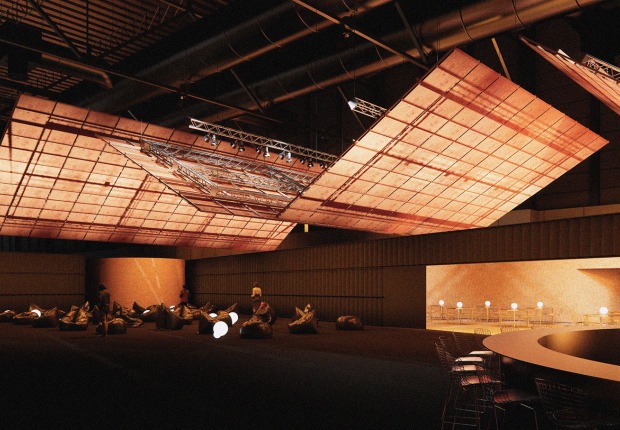











![Brassaï. Montmartre. 1930-31. 29.8 x 39.6 cm [Paris de jour 472.C] Estate Brassaï Succession, Paris. © Estate Brassaï Succession, Paris Brassaï. Montmartre. 1930-31. 29.8 x 39.6 cm [Paris de jour 472.C] Estate Brassaï Succession, Paris. © Estate Brassaï Succession, Paris](/sites/default/files/styles/mopis_home_news_category_slider_desktop/public/lead-images/metaloucs_brassai_estate-brassai-succession-paris_01p.jpg?h=3b4e7bc7&itok=le_IlsBR)
![View of Washington Street, Boston [View East from Pi Alley, Boston] 2008, copy of 2009 Gelatin silver copy 34,6 x 27,3 cm. Photograph ©Nicholas Nixon. Courtesy of Fraenkel Gallery, San Francisco. Via Mapfre View of Washington Street, Boston [View East from Pi Alley, Boston] 2008, copy of 2009 Gelatin silver copy 34,6 x 27,3 cm. Photograph ©Nicholas Nixon. Courtesy of Fraenkel Gallery, San Francisco. Via Mapfre](/sites/default/files/styles/mopis_home_news_category_slider_desktop/public/lead-images/metalocus_nicholas-nixon_mapfre_02.jpg?h=b1e590ac&itok=UtwN94Gt)




